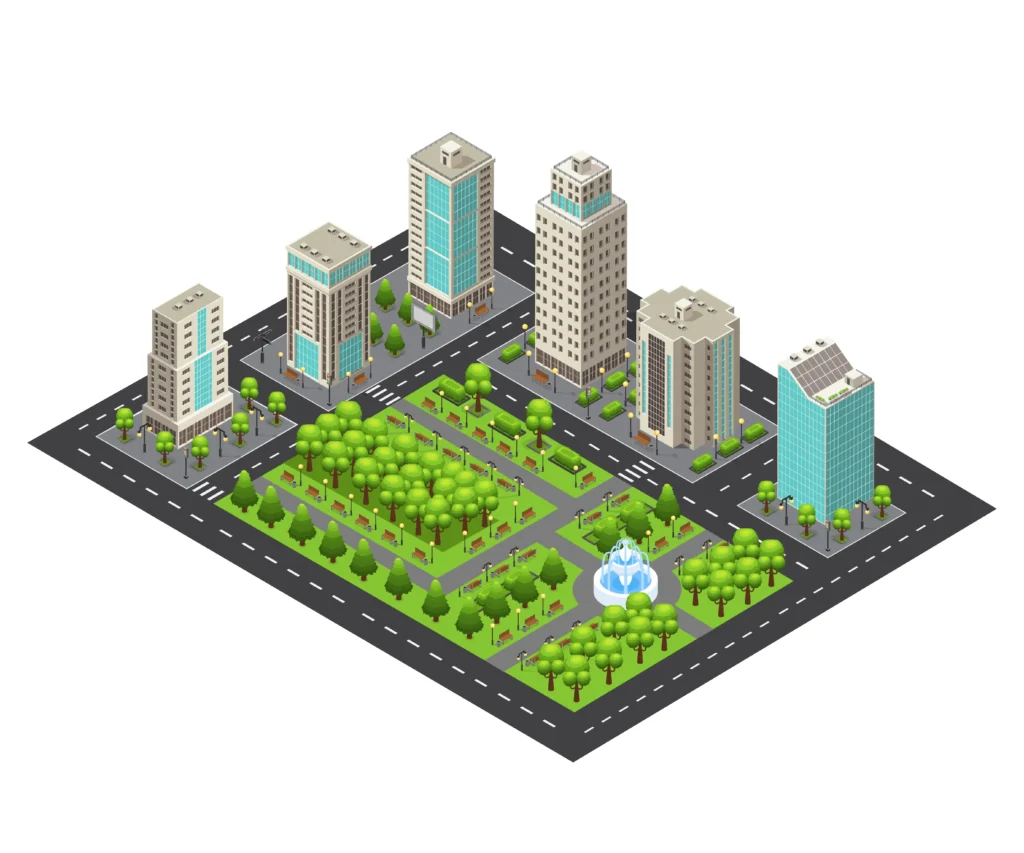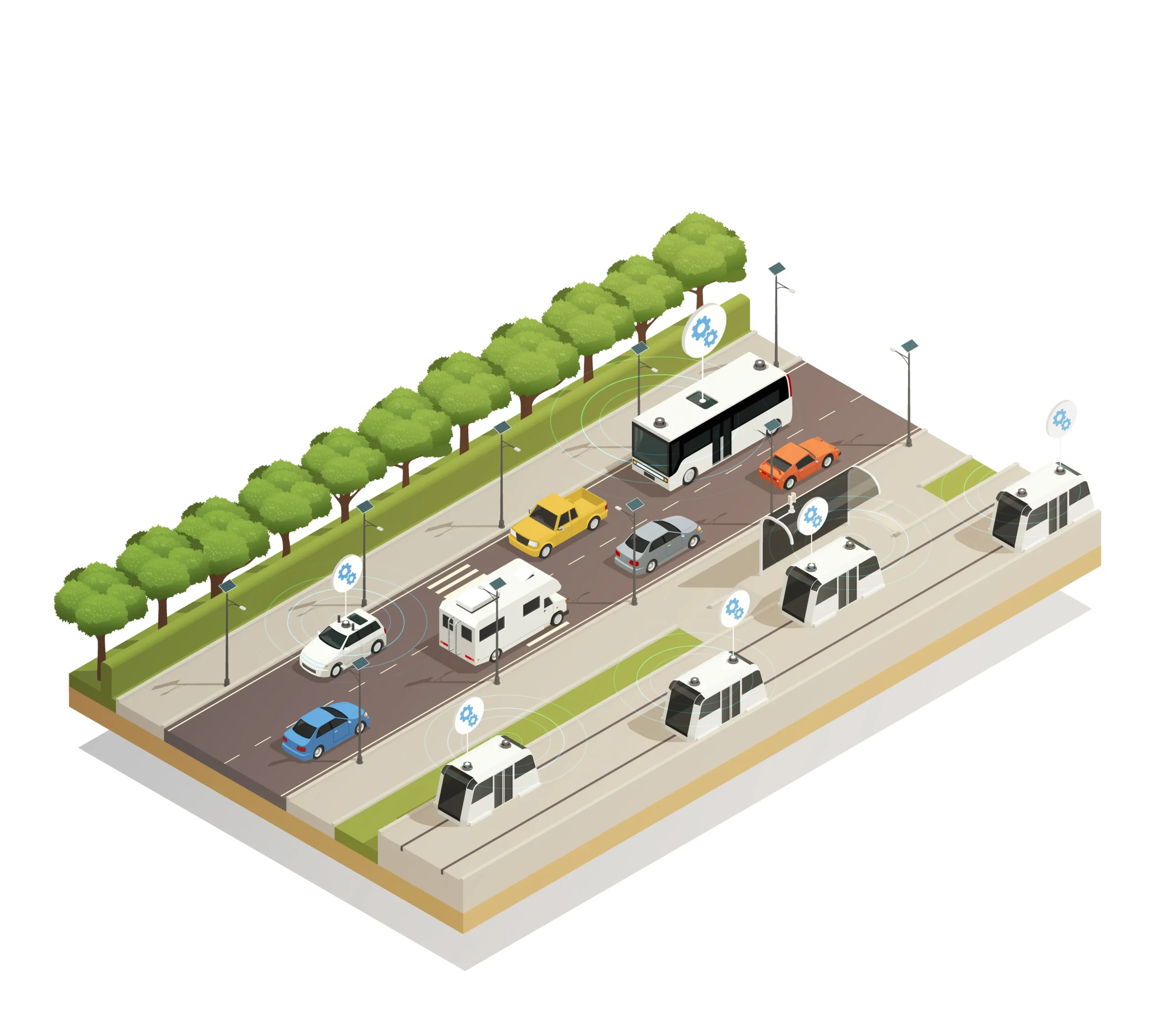Cities are growing fast, and new buildings and projects are coming up every day. So, it is important to plan traffic in a smart way. A Traffic Impact Study or Traffic Impact Assessment checks how a new building or project will change the traffic nearby. It helps everyone—drivers, walkers, and city workers—stay safe and avoid traffic jams.
What is a Traffic Impact Study?

A Traffic Impact Study checks how a new development might affect roads and traffic. For example, if someone builds a mall or a housing society, the study will show how many more cars will use nearby roads and if the roads can handle them.
This kind of study usually checks:
- How many extra vehicles will travel to the new site
- If nearby intersections can handle the new traffic
- If roads have enough space
- If there’s a risk of more accidents
- If the city needs to make changes to roads or signals
Usually, local traffic departments or city planners ask developers to do this study before they start building.
Why is a Traffic Impact Study important?
1. It helps prevent traffic jams
When new places open, more people travel there. This adds extra traffic. A traffic study shows this in advance so the city can avoid problems.
2. It makes roads safer
Too much traffic can lead to accidents. With a traffic study, experts can suggest safer crossings, traffic lights, or speed limits.
3. It helps plan better with real data
The study gives real numbers and facts. This helps city officials and developers make smart decisions.
4. It balances public and private needs
Builders want to make money, and the public wants smooth traffic. A Traffic Impact Study helps both sides find fair solutions.
What is included in a Traffic Impact Study?
A complete study includes:
- Trip generation
This means finding out how many cars or bikes will go to the new place. Experts use tools like the ITE Trip Generation Manual for this. - Trip direction and roads used
This part checks where people will come from and which roads they’ll take. - Current traffic conditions
The study looks at how traffic is now. It checks how long people wait at signals and how busy roads are during peak hours. - Future traffic predictions
It also guesses how traffic will grow in the coming years, not just from the new project but from nearby projects too. - Road capacity and service level
It checks if roads and signals can handle the extra traffic. Engineers give each road a score called LOS (Level of Service). - Ideas to improve traffic
If the study finds problems, it also suggests fixes. These could be adding a lane, changing signal times, or adding signs.
How do experts collect traffic data?
There are two main ways:
Manual methods
People stand and count cars with tally sheets. This works well for small places or short times.
Automated methods
This uses tools like tubes on roads, radars, or cameras. These can count cars day and night and are more accurate.
Think Transportation uses both methods. This helps keep costs low and results accurate.
What tools do they use to study traffic?

Experts also use traffic software to test how traffic will behave. Some common tools are:
| Software Name | What It Does |
| Synchro & SimTraffic | Helps test and improve traffic signals and how vehicles move at intersections. |
| VISSIM | Used to study traffic in busy or complex areas, like downtown or near big malls. |
| HCS | Checks if roads can handle the number of cars using them, based on standard traffic rules. |
| AutoTURN | Shows if large vehicles like trucks or buses can safely turn on streets or in parking lots. |
These tools show real-life traffic movement and help plan before any building begins.
Who needs a Traffic Impact Study?
Many people need it:
- Builders and real estate developers
- City planning departments
- Traffic and transportation consultants
- Civil engineers
- Architects and urban designers
Usually, if a project will bring a lot of traffic, the local government will ask for a study. For example, if the project will add over 100 vehicles during rush hour, the city may require a study.
Final thoughts
A Traffic Impact Study is not just extra paperwork. It helps keep traffic moving, keeps roads safe, and saves money in the long run. If cities skip this step, they may face big traffic problems later. Fixing them afterward can cost a lot and take time.
Whether you are planning a new building or are part of a city team, doing a Traffic Impact Study is a smart move. It shows that you care about the people who will live, work, or travel in the area.
If you want help doing a Traffic Impact Study the right way, Think Transportation can guide you. We mix smart tools with real-world thinking to give you clear and useful results. Let’s make traffic better together.

